Top energy industry trends
Several future energy market trends are going to change the way energy markets operate today. This article discusses the main energy trends in 2022.

The increasing growth rate of the Electricity Grid and Network Charges
In Europe, grid costs currently account for around 1/4 of an electrical bill. These costs are predicted to rise in the coming years, largely owing to the massive investments required to make the European power grid fit for a future energy system characterized by an increasing amount of fluctuating renewable electricity.
As a result, significant expansion of the European electrical grid and transmission networks will be necessary to ensure energy supply security and achieve the agreed-upon energy transition to renewables in the following years. The increased use of renewables, increased imports and exports, and, most importantly, the slow rate of grid development implies that energy networks are progressively being strained.
Hence, it’s not unreasonable to assume that grid and network charges will grow above the historical inflation level by around 5% p.a. in the coming years. You can check the historical share of grid charges from the Eurostat statistic here.
The decline of renewable energy feed-in tariffs (FiT)
Feed-in tariffs have traditionally accounted for 15-20% of overall electricity bills. Several governments have created renewable subsidy support systems to encourage and increase renewable energy development. Different mechanisms exist, ranging from fixed FiT pricing to a Contract-for-Difference based auction market method (CFD).
However, as more countries in the European Union achieve their initial renewable energy mix goals, feed-in assistance systems are gradually phased down. Spain, UK, and now Germany are three of the first examples. Feed-in tariffs in Germany lasted 20 years. Now that tariffs are being phased out, lowest-bid auctions are taking control in most EU markets. Bigger players are winning such auctions, and smaller installations are becoming unviable.
Furthermore, the high wholesale energy market prices encourage renewable investors to switch from government-sponsored FiT systems to free-market options like corporate power purchase agreements (PPAs).
Multiple electricity suppliers per subscription point can be allowed (simultaneous contracts with 2 or more retailers)
The market transition to renewable energy sources will require a transformation at all levels, including grid and electricity transport networks, generation, taxation, and power trade and supply services. It’s also vital to ensure a competitive market landscape in the electricity retail business to allow business consumers to choose their preferred electricity supplier based on their set criteria.
Currently, in most EU member states, only 1 electricity provider is allowed per subscription (site delivery) point for residential and business consumers.
However, one of the recent discussions in Spain, as to the new electricity market structure foreseen in the RDL 15/2018 on urgent measures for the energy transition and consumer protection, which is compliant with EU Directive 2019/944, may allow multiple suppliers (more than 1) per a subscription (site delivery) point.
If such a change was introduced in the future, consumers would be able to work with more than 1 supplier and increase the competition within the same electricity framework agreement.
The increasing energy balancing cost due to more intermittent generation
The safe operation of the electricity system is contingent on one condition: generation and consumption must always be in balance. Imbalances between generation and consumption pose a direct threat to the system’s stability. By adjusting the amount of power fed into and taken off the system, the electricity system can maintain a continuous balance between generation and consumption on the market side. As a result, flexibility in the power trading and balancing markets is required.
Flexible generators and consumers can sell their services not just in the wholesale power market, but also in the balancing markets. Balancing capacity is used to adjust short-term imbalances in generation and consumption, such as those produced by unexpected power plant outages or variations from renewable energy generation estimates. As a result, the balancing market has always demanded a lot of flexibility. Plants that provide balancing capacity must be able to quickly adjust their output.
Changes in electricity demand and supply cause the residual load to become more volatile. And the market volatility is very likely to increase in the coming years due to the rapid growth of intermittent renewable generation sources. While baseload generation sources such as coal and nuclear have been phased-out in Europe. As a result, we may expect the system balancing cost to significantly increase in the coming years. Inflexible behavior will become increasingly costly for generators, as well as customers and their suppliers.
P2P, B2B and P2B Energy Trading
Individuals (companies and residents) with solar panels can sell their extra solar energy to their electricity provider for a profit, which can be used to offset their expenditures. At the same time, through a long-term PPA agreement, corporate users might agree to purchase residential energy at a fixed price. Corporations can then gain renewable energy certifications to support their environmental claims and optimize their energy bills, which are now determined by the costs of fossil fuels like gas and coal.
However, not all European markets have the necessary legislative framework in place for P2P and B2P energy trading to function. For the time being, Decathlon in Belgium has been testing the notion of selling extra solar energy. We may soon see more of these tactics in other European markets.
Higher PPA and Power prices due to increased carbon cost, inflation & competition
The increase in emission costs for power generators due to the EU FiT for 55 package and the rising inflation post-Covid pandemic across the globe have pushed the electricity market price to new highs. Similar to the wholesale power price, PPA prices have also increased as the two energy procurement options correlate.
The CO2 EU ETS is a cornerstone of the EU’s policy to combat climate change and is an essential tool for reducing greenhouse gas emissions cost-effectively. It is the world’s first primary carbon market and remains the biggest.
The scheme was initially set up in 2005 to reduce greenhouse gas emissions from power generators and energy-intensive industries. Since then, the European Commission has adopted a series of legislative proposals on achieving climate neutrality in the EU by 2050.
As a result, the price of CO2 allowance increased from 20-25 EUR/tonne before 2021 to above 80 EUR/tonne today, and it can soon reach 100 EUR/tonne in 2022. And since the European Coal and Gas power plants need to buy these CO2 allowances from the market today to achieve their GHG reduction objectives, their electricity generation costs have also increased. Each €1/MWh movement in gas price moves power by €0.5/MWh.
If you want to learn more about CO2 EU ETS SYSTEM and its impact on the wholesale power price, please check out my other article here.
Electricity Storage
Power storage is fundamentally a good technique for separating electricity production and consumption in terms of time, and it can provide flexibility in this context. Electricity storage can be accomplished in a variety of ways. Domestic battery storage systems are comparable in size to modest private solar PV installations, but pumped storage units can be as large as fossil fuel power plants.
Storage operators who use it can take advantage of price discrepancies in the power market for arbitrage trading, which helps reduce power price volatility.
Consumers can utilize storage to store electricity when prices are lower during the day, such as at night, and sell it back to the grid when prices rise. With the rapid growth of energy storage technologies, many organizations’ energy buying and hedging methods will likely shift dramatically.
The rising costs of renewable certificates (GOs)
Historically, the abundance of supply, solid hydro generation in Norway, and a few corporates interested in sourcing 100% renewable electricity resulted in relatively low prices for renewable energy certificates.
This trend, however, changed in the past year as more corporate buyers have committed to 100% renewable energy and GHG reduction targets. Adding the rising inflation in Europe and elsewhere, we may expect the GO prices to remain above historical levels. If you want to learn more about future trends in renewable energy certificates, please check my article here.
To receive weekly power market updates straight into your mailbox with the latest market news and trends, please check out here.
Curious to learn more about PPAs? Our guide offers a concise roadmap to navigate Power Purchase Agreements (PPAs). Learn more here.

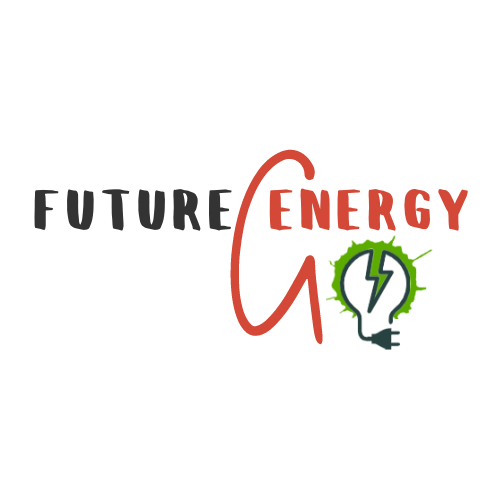

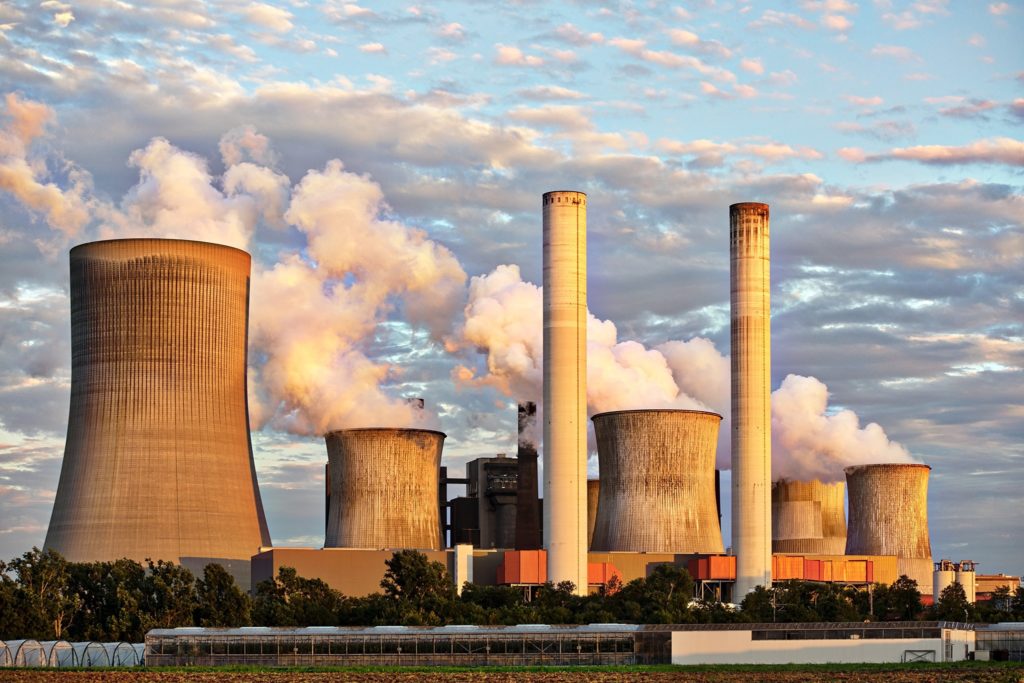
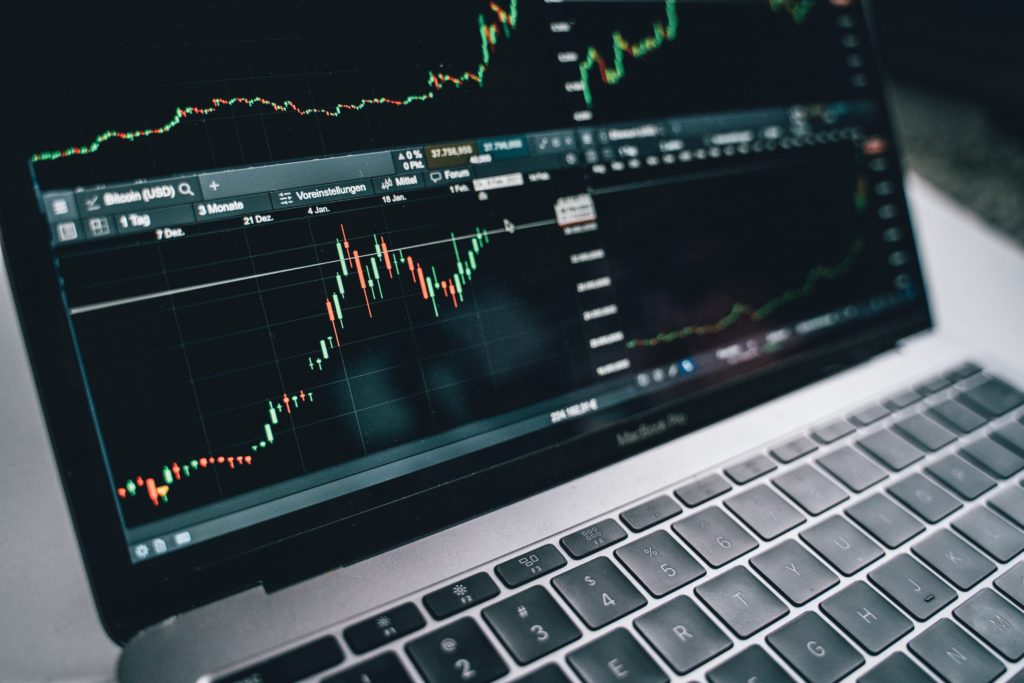


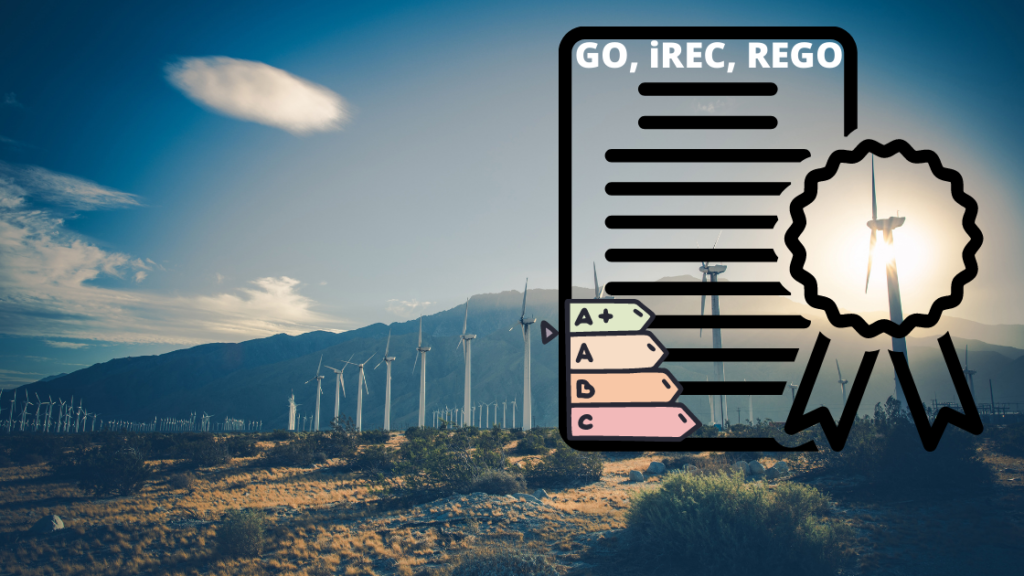
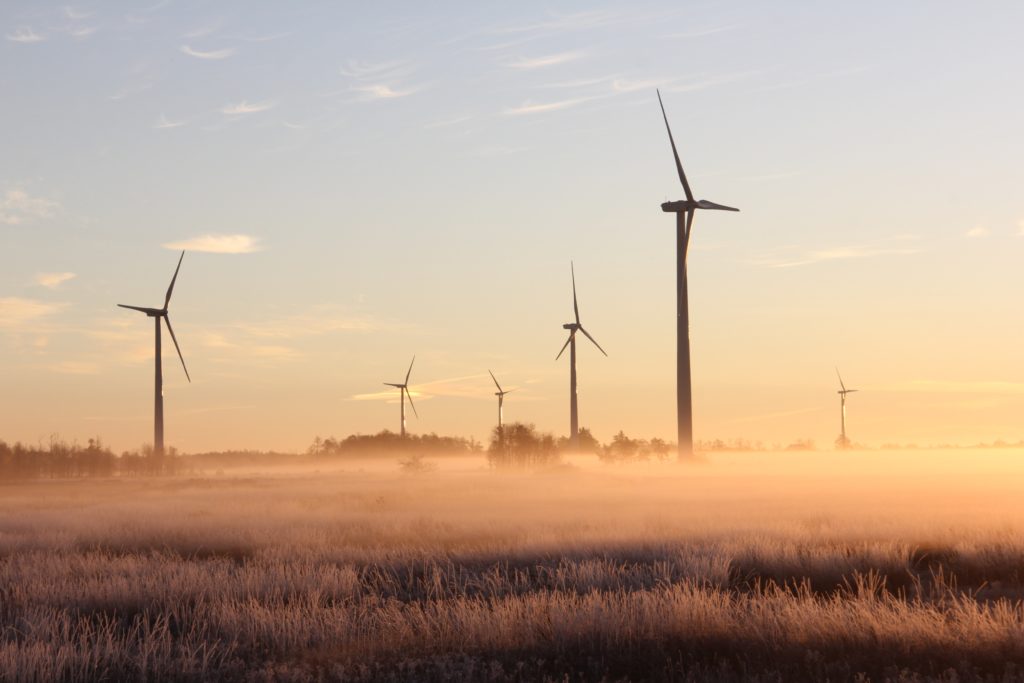
Pingback: (2022) Review Of Electricity Market Report January 2022 By The IEA | Future Energy Go